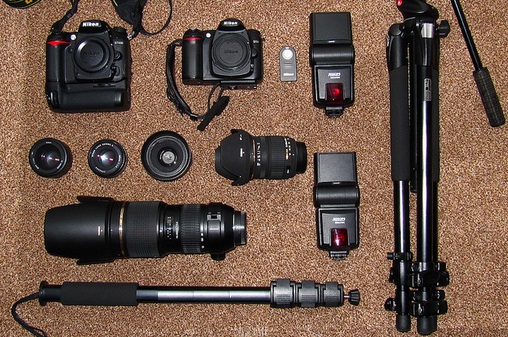
If you are getting serious about making photographs, then it's time to start assembling your own photo tool kit. The equipment list will be the gear that is taken with you when you go on your photography adventures.
This stuff can be expensive, so start out slow and build up your tool kit over time. Make a wish list of all your “wants” and let your friends and relatives know!
Lens
Many people don't realize that a camera tends to have a shorter life span than a lens. If you’re going to spend money, you should invest in a better lens rather than spending excess money on the latest and greatest camera body. Whereas a camera sensor records incoming light that it receives, the job of a lens is even more important. It helps the light get to the sensor in the first place. A great lens captures noticeably better images when compared to photos shot using the poor quality kit lens that usually come with your camera.
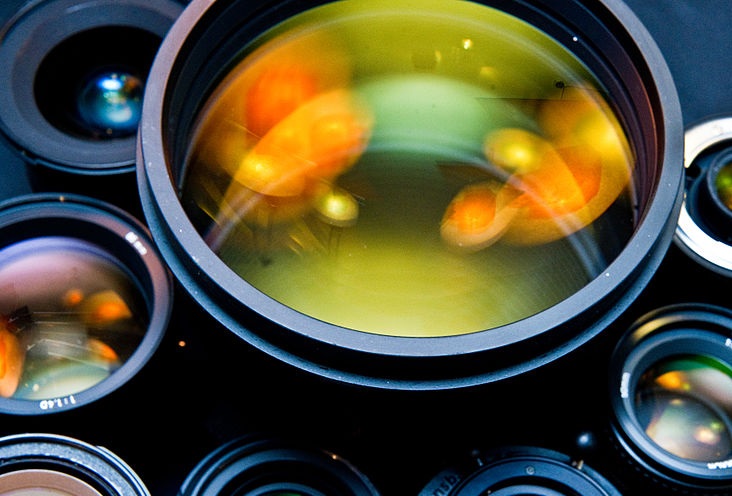 There are two main types of lens, prime lens and zoom lens:
- Prime lenses have one focal length. They do not have a zoom function.
- Zoom lenses have a zoom function.
In terms of price range, lenses can go from free (included as part of the kit that comes when you buy your camera), all the way up to the astronomically expensive. It can be difficult as a beginner to judge which lens is worth the asking price.
For a high-quality starter lens at a low price, look at prime lenses. Starting with the kit lens that comes with some cameras (usually an 18-55mm zoom) is not something we would recommend. You will soon realize that you want something better.
Tips when purchasing lenses for photography:
- lenses can get bigger and heavier. Only buy if you’re willing to carry it around. If not, look for a smaller alternative.
- most zoom lenses on the market that cost less than $600 are probably not worth it. A quality zoom lens costs more to make.
Approx. price for Lens:
$700 or $800 and upwards.
External flash
Many people hate photos done with a built-in flash. This is because your in-camera flash will not have the capabilities of an external flash. By investing in an external flash you will realize just how much you can do with it: you can soften, bounce, diffuse, angle and direct the amount of flash light on your subject.
There are two main types of lens, prime lens and zoom lens:
- Prime lenses have one focal length. They do not have a zoom function.
- Zoom lenses have a zoom function.
In terms of price range, lenses can go from free (included as part of the kit that comes when you buy your camera), all the way up to the astronomically expensive. It can be difficult as a beginner to judge which lens is worth the asking price.
For a high-quality starter lens at a low price, look at prime lenses. Starting with the kit lens that comes with some cameras (usually an 18-55mm zoom) is not something we would recommend. You will soon realize that you want something better.
Tips when purchasing lenses for photography:
- lenses can get bigger and heavier. Only buy if you’re willing to carry it around. If not, look for a smaller alternative.
- most zoom lenses on the market that cost less than $600 are probably not worth it. A quality zoom lens costs more to make.
Approx. price for Lens:
$700 or $800 and upwards.
External flash
Many people hate photos done with a built-in flash. This is because your in-camera flash will not have the capabilities of an external flash. By investing in an external flash you will realize just how much you can do with it: you can soften, bounce, diffuse, angle and direct the amount of flash light on your subject.
 If you are building out your toolkit of photographers accessories, you will need a flash, whether for creative still-life photography or portraits.
External flashes are invaluable! They can make a photo look – a real natural look, as if there was never flash wasn’t even fired. Adding color gels even lets you produce various warmer or colder color tones.
Approx. price for External Flash:
$100
Diffuser and Reflector
If you are building out your toolkit of photographers accessories, you will need a flash, whether for creative still-life photography or portraits.
External flashes are invaluable! They can make a photo look – a real natural look, as if there was never flash wasn’t even fired. Adding color gels even lets you produce various warmer or colder color tones.
Approx. price for External Flash:
$100
Diffuser and Reflector
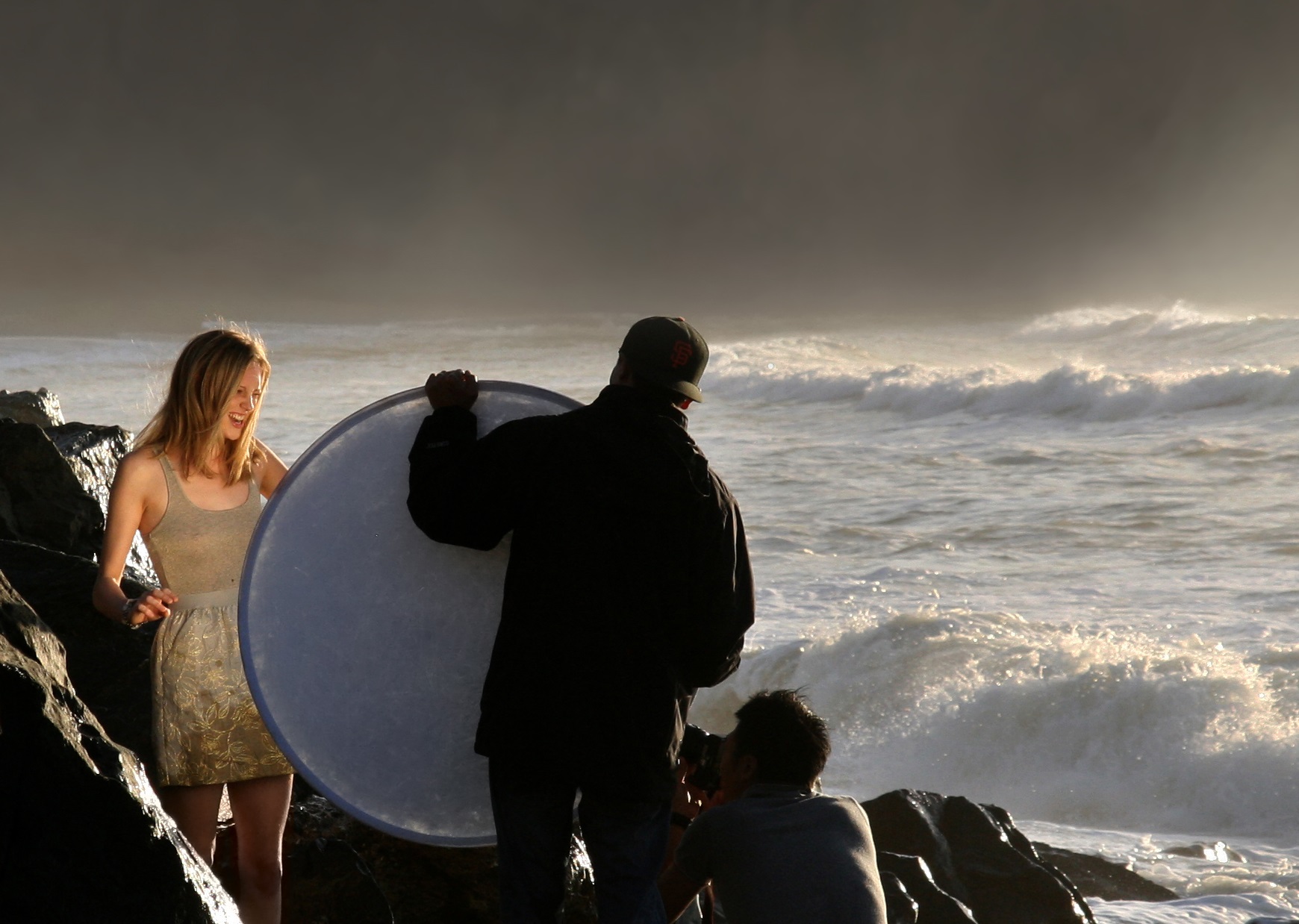 These useful items are so simple and cheap and yet so highly effective. Diffusers and reflectors let you control the amount of light and the direction of light falling on your subject by re-directing, softening (diffusing) and bouncing (reflecting) the light.
Light too harsh? Tone it down with a diffuser.
Image looking too shadowy? Get more light in there to remove shadows or even to change the color tone entirely.
Approx. price for Diffuser and Reflector kit:
$120
Tripod: 3 legs good, 2 legs bad!
Oh the humble tripod! Often underestimated as an accessory, yet always adding value to the quality of your images. As part of the process of capturing good images, a tripod is as valuable as the camera and lens.
These useful items are so simple and cheap and yet so highly effective. Diffusers and reflectors let you control the amount of light and the direction of light falling on your subject by re-directing, softening (diffusing) and bouncing (reflecting) the light.
Light too harsh? Tone it down with a diffuser.
Image looking too shadowy? Get more light in there to remove shadows or even to change the color tone entirely.
Approx. price for Diffuser and Reflector kit:
$120
Tripod: 3 legs good, 2 legs bad!
Oh the humble tripod! Often underestimated as an accessory, yet always adding value to the quality of your images. As part of the process of capturing good images, a tripod is as valuable as the camera and lens.
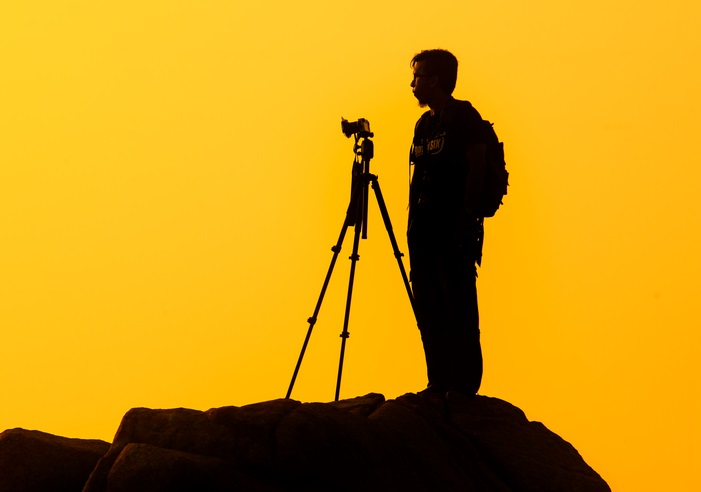 Not only does a tripod steady your hand and give you higher quality images, if you will be using slower shutter speeds or taking photos of nature, it is an absolute essential. It’s also nice to have around if you’d like to actually appear in your photos when you travel or when taking family photographs.
Make sure your choice of tripod is sturdy enough. As your gear becomes more expensive and heavier, you want to trust that your tripod can bear the weight. The downside then of course is that the heavier and sturdier, the more hassle it is to carry. The amateurs amongst us will choose to buy the least expensive tripod they can find, then just leave it at home all the time because it’s cheaply-made and hard to use. Big mistake!
At a minimum, you should have a mini tripod that is light weight, sturdy and literally, very flexible. A basic tripod will give you a steady foundation without having to lug around a full tripod with you.
When choosing the tripod, it's also important to consider a good ballhead. This allows you to adjust the position of the camera. A good ballhead will lock tightly and not slip out of position.
A good tripod and ball head will be with you for years to come.
Approx. price for Tripod: $200
Remote Shutter Release
Now that you've got your tripod holding your camera steady, think about touching the shutter release: the tiniest vibration can cause a blurred image, especially if you’re taking a long exposure.
For really sharp images, a remote shutter release is a must. It will eliminate any camera shake whatsoever. For night photography, your camera needs to be on a tripod, but even then the slightest movement will make your image less sharp. Be sure to choose the remote most relevant for your camera, whether wireless remote or wired remote.
Approx. price for Remote Shutter Release: $30
Memory Cards
How would you like to run out of space on your memory card in the middle of an otherwise great photoshoot? Or worse: your memory card goes bad and you lose all your images?
Sounds like fun?
Nah! We didn't think so!
Having some back-up memory cards in your camera bag should be high on the list! A 16GB card will fit a lot of photos, especially if you’re shooting a jpegs.
Not only does a tripod steady your hand and give you higher quality images, if you will be using slower shutter speeds or taking photos of nature, it is an absolute essential. It’s also nice to have around if you’d like to actually appear in your photos when you travel or when taking family photographs.
Make sure your choice of tripod is sturdy enough. As your gear becomes more expensive and heavier, you want to trust that your tripod can bear the weight. The downside then of course is that the heavier and sturdier, the more hassle it is to carry. The amateurs amongst us will choose to buy the least expensive tripod they can find, then just leave it at home all the time because it’s cheaply-made and hard to use. Big mistake!
At a minimum, you should have a mini tripod that is light weight, sturdy and literally, very flexible. A basic tripod will give you a steady foundation without having to lug around a full tripod with you.
When choosing the tripod, it's also important to consider a good ballhead. This allows you to adjust the position of the camera. A good ballhead will lock tightly and not slip out of position.
A good tripod and ball head will be with you for years to come.
Approx. price for Tripod: $200
Remote Shutter Release
Now that you've got your tripod holding your camera steady, think about touching the shutter release: the tiniest vibration can cause a blurred image, especially if you’re taking a long exposure.
For really sharp images, a remote shutter release is a must. It will eliminate any camera shake whatsoever. For night photography, your camera needs to be on a tripod, but even then the slightest movement will make your image less sharp. Be sure to choose the remote most relevant for your camera, whether wireless remote or wired remote.
Approx. price for Remote Shutter Release: $30
Memory Cards
How would you like to run out of space on your memory card in the middle of an otherwise great photoshoot? Or worse: your memory card goes bad and you lose all your images?
Sounds like fun?
Nah! We didn't think so!
Having some back-up memory cards in your camera bag should be high on the list! A 16GB card will fit a lot of photos, especially if you’re shooting a jpegs.
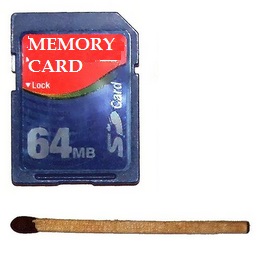 We highly recommend you keep 2 or 3 with you in case you run out of space or one fails on you. Choose a reliable brand for memory card. Before buying, check if your camera uses SD (Secure Digital) or CF (Compact Flash). Also, check the speed of the card: this determines how many photos it can take in 'burst mode' and afterwards how quickly you can then download them to your computer.
Approx. price for Memory Cards:
$10 to 20 per card
On a final note...
Remember that having a selection of reliable, intelligently-chosen accessories will ensure that your photography experiences in the field is easier and more comfortable and that you come home with better quality images! Choose what you can afford from the list above. If your budget is limited, then prioritize for now. You can always add these items to your photographer's toolkit in the future as you develop your photography skills.
We highly recommend you keep 2 or 3 with you in case you run out of space or one fails on you. Choose a reliable brand for memory card. Before buying, check if your camera uses SD (Secure Digital) or CF (Compact Flash). Also, check the speed of the card: this determines how many photos it can take in 'burst mode' and afterwards how quickly you can then download them to your computer.
Approx. price for Memory Cards:
$10 to 20 per card
On a final note...
Remember that having a selection of reliable, intelligently-chosen accessories will ensure that your photography experiences in the field is easier and more comfortable and that you come home with better quality images! Choose what you can afford from the list above. If your budget is limited, then prioritize for now. You can always add these items to your photographer's toolkit in the future as you develop your photography skills.

It is suprising nowadays just now many images have been very heavily photoshopped. Photos which look great, but nevertheless have had significant editing and post-production done on them afterwards to make them stand out. What can you do beforehand in order to...
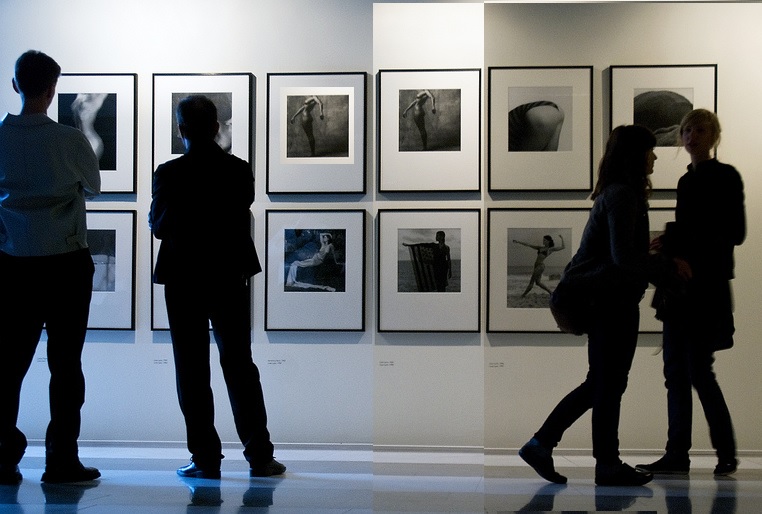
A portfolio is basically a collection of your artistic or creative work. Just as job seekers will use a curriculum vitae or resume to apply for a potential job, for a photographer a portfolio is the equivalent of a resume. A portfolio lays out the breadth of your...
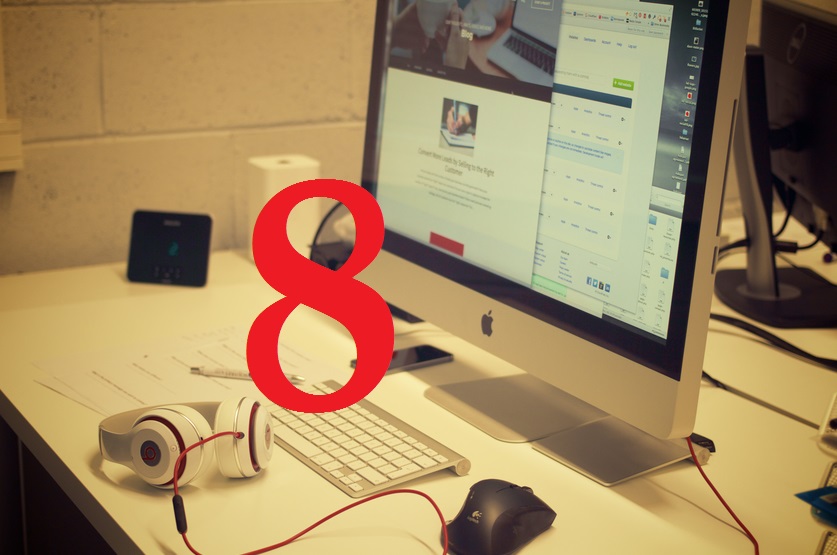
If you aren't familiar with these 8 seriously useful websites, then you are missing out. Check them out: Anatomy of a Scene by The New York Times. Film directors take the viewer through specific scenes from their...